JOLO, W.Va. — On a warm Sunday in late May 2012, a locally well-known Pentecostal pastor named Mack Wolford invited friends and family to what he billed as “a homecoming like the old days,” a day of music, prayer and the spiritual “signs” drawn from the King James Bible—speaking in tongues, healing by the laying on of hands, and the handling of venomous snakes. On Facebook, he posted a line that captured the exuberant defiance of his faith: “Praise the Lord, and pass the rattlesnakes, brother.”
By nightfall, Wolford was dead from a snake bite he had received hours earlier during the outdoor service at the Panther Wildlife Management Area near Iaeger, West Virginia. His death punctuated a paradox that has long shadowed Appalachian snake handling or "serpent handling": the same ritual seen as a sign of God’s protection can, for believers and critics alike, become a stark reminder of human frailty.
Yet even as fatalities draw national attention, the practice survives in small pockets of Appalachia—including in West Virginia, where, unlike most neighboring states, it remains legal. Scholars, documentary filmmakers, and local historians describe a tradition at once intensely local and surprisingly resilient, shaped by migration, coal-field economies, and the independent, holiness strands of Appalachian Pentecostalism.
The scripture and the sign
Serpent handling rests on a literal reading of verses such as Mark 16:17-18—“they shall take up serpents”—and Luke 10:19, which many “signs following” believers interpret as promises accompanying true faith. In services where the Spirit is believed to “fall,” worshipers may lift rattlesnakes or copperheads from wooden boxes, testify, sway to driving hymns, and sometimes drink small amounts of strychnine as another “sign.” These elements, while startling to outsiders, are part of a coherent holiness worldview that emphasizes direct experience of God’s power.
The ritual’s modern form is usually traced to George Went Hensley, a charismatic evangelist active in the hill country near Cleveland, Tennessee. According to historians and the First Amendment Encyclopedia, Hensley began encouraging serpent handling in 1909. The practice soon spread along preaching circuits into Georgia, Alabama, and Kentucky, then further through central and southern Appalachia. Hensley himself died in 1955 after a snakebite in Florida, a story that has become part of the movement’s lore.
Academic work on snake handling is deep and serious, if necessarily limited by the movement’s size and privacy.
- Thomas G. Burton’s Serpent-Handling Believers (University of Tennessee Press, 1993) remains a foundational ethnography and legal history.
- David L. Kimbrough’s Taking Up Serpents: Snake Handlers of Eastern Kentucky (Mercer University Press, 2002) details local lineages, preaching styles, and community networks.
- Ralph W. Hood Jr. and Paul Williamson’s Them That Believe (University of California Press, 2008) offers what many scholars regard as the most comprehensive psychological and sociological analysis to date.
All three document a tradition embedded in broader Appalachian holiness currents rather than a theological aberration cut off from its neighbors.
West Virginia places and people
West Virginia's association with serpent handling is both historical and cinematic. In the 1960s, filmmaker Peter Adair shot the cinéma-vérité documentary Holy Ghost People in Scrabble Creek, near Gauley Bridge, West Virginia, capturing a lengthy service where congregants spoke in tongues, prayed for the sick, and, late into the night, brought out snakes. The film, now in the public domain, continues to be shown in anthropology and religion classes as a rare, sustained look inside a rural holiness church.
Further south in McDowell County, the Church of the Lord Jesus with Signs Following in Jolo became one of the best-known sites of the practice. Journalists and photographers have visited Jolo for decades. Labor Day “homecomings” drew on family networks that stretched from the coalfields to surrounding states.
In the 2010s, photojournalist Lauren Pond documented the community around Pastor Wolford. Her work was later published in the book Test of Faith: Signs, Serpents, Salvation. Her images underscored the intimacy of the congregations—kitchen tables as much as pulpits, borrowed living rooms as often as designated sanctuaries.
David Cannaday, a Jolo resident, described the wonder and puzzlement of growing up near the renowned "Signs Following" church in its snake-handling heyday, which he says ended with the death of Wolford.
"When we were kids, my friends and I would come down here and stand outside in the road and watch and listen," Cannaday said, laughing. "Sometimes they'd try to get us to come in, but we told them we were fine to stand out here in the road."
He said he suspected the loud music the worshippers played somehow dazed the snakes so they wouldn't bite. "Maybe the music was too loud. They'd wear them around their necks like this," he said, imitating the donning of a stole. "I don't know how they didn't get bit more often."
When Pastor Wolford died in 2012, The Washington Post reported on the service and on the pastor’s desire to “keep the faith going” in West Virginia and elsewhere. Family members interviewed by the paper noted that some relatives had “backslid”—their word for stepping away from serpent handling—even as they gathered to honor his birthday and worship together. One might surmise that the story provides a window into how commitment to the practice can wax and wane within the same extended family.
Law, liability, and the mid-century crackdown
Why does the practice continue in West Virginia when it is banned in so many other states? Part of the answer lies in mid-20th-century public policy. Beginning in 1940, southern states responded to well-publicized injuries and deaths with statutes prohibiting the handling of poisonous snakes in public worship. By the early 1950s, Georgia, Virginia, Alabama, Tennessee, and North Carolina had enacted similar laws.
West Virginia did not follow suit, and today the state stands out as a rare jurisdiction where serpent handling is not categorically outlawed. Legal scholars have argued that the state’s combination of general public-safety statutes and robust religious-freedom protections—without a specific anti-serpent-handling statute—left space for the ritual to persist, at least in private or congregational settings that meet other requirements. The possession of native reptiles and amphibians is, however, prohibited by state law.
This legal map has shaped the movement’s geography. Pastors and musicians travel across county and state lines to sing and preach; historically, preachers from West Virginia have visited congregations in eastern Kentucky, southwest Virginia, and east Tennessee, and vice versa. But the threat of prosecution in some jurisdictions (and potential civil liability after injuries) has nudged some churches to worship more discreetly, to forgo handling in public services, or to limit their gatherings to homecomings and revivals where participants understand the risks.
A hard tradition to count
How many serpent-handling churches exist in West Virginia today? No one can say with precision. The congregations are small, often family-based, and wary of outsiders. That secrecy, coupled with the itinerant habits of preachers and musicians, makes reliable counts elusive. Scholars of religion emphasize that the practice represents a tiny fraction, even within Pentecostalism. Christian History magazine once estimated serpent handlers at roughly 0.005 percent of Pentecostals, a back-of-the-envelope figure that conveys scale if not exactitude.
The best-documented trend line is qualitative rather than numerical—a slow decline from mid-century peaks, punctuated by occasional revivals driven by charismatic leaders. In West Virginia, even Wolford’s admirers told reporters some relatives had left the practice—an anecdote that matches broader observations by scholars of aging congregations, out-migration, and younger generations who remain Pentecostal but choose not to “take up serpents.”
Faith, medicine, and change
One of the most sensitive debates inside the movement concerns medical care. Historically, many serpent handlers refused treatment after bites, viewing survival as a sign of divine favor and death as a homegoing. In recent years, however, researchers and journalists have documented a quiet, practical shift: some adherents now seek antivenom and emergency care after a bite, balancing faith and medicine. National Geographic reported in 2019 that this change has sparked internal questions about what, exactly, the “sign” signifies when believers rely on hospitals for outcomes—tensions that reveal a tradition negotiating modernity in real time.
Even with such adaptations, tragedies still occur. The 2014 death of Kentucky pastor Jamie Coots—known from the TV series Snake Salvation—reinforced how swiftly envenomation can turn fatal without prompt treatment. The event, though outside West Virginia, rippled through the Appalachian network that links congregations across state lines.
Where snake handling has been practiced in Appalachia
The movement’s heartland is a belt that runs from northern Alabama and northwest Georgia up through east Tennessee, eastern Kentucky, southwest Virginia, and into southern West Virginia. Early 20th-century revivals radiating from the Cleveland, Tennessee, area introduced the practice to nearby counties. From there, preachers carried the sign into coal camps and rural hollows across the Cumberland Mountains and central Appalachia.
Scholarly overviews and legal histories consistently identify this corridor—and especially its mining communities—as the practice’s core. In West Virginia, McDowell County (Jolo, Squire, and surrounding communities), Mercer County (Bluefield and nearby), and Fayette County (sites like Scrabble Creek, documented in Holy Ghost People) are among the most frequently cited locales in the historical record.
To be clear, not every holiness or Pentecostal church in these regions practices serpent handling; far from it. The congregations that do are small and fiercely independent, usually unaffiliated with large denominations and often using names such as “Church of the Lord Jesus with Signs Following” or “House of the Lord Jesus.” Their services tend to be long, musically exuberant, and participatory, with testimony and prayer at the center.
Inside a snake handling service
Descriptions from ethnographies, documentaries, and newspaper reports converge on a basic arc. A midweek service in a one-room church might begin with singing and testimony. As the Spirit moves—“when the power falls,” in local parlance—ushers lift lids from wooden boxes. A yellow timber rattler coils around a deacon’s forearm while a sister dances, eyes closed, across a bare plank floor.
A young man, newly “saved,” watches nervously as elders patrol with crooks to keep snakes from sliding beneath benches. After an hour, the boxes are closed; the congregation gathers to pray for the sick. Strychnine is brought out; a few take a sip. And then, as suddenly as the Spirit came, the room grows quiet. The pastor’s benediction is simple. The people are not. The documentary Holy Ghost People captured such a cadence in Scrabble Creek in the 1960s. In recent years, photographers like Lauren Pond have shown the same rhythm—now in living rooms and outdoor clearings as often as in churches with signs out front.
Voices from within
If serpent handlers resent caricature, it is because caricatures ignore their motives. In interviews over decades, adherents insist they do not “tempt God”; rather, they obey what they see as a plain command in Scripture, trusting that God will keep them—or receive them.
After Wolford’s death, photographer Lauren Pond told The Washington Post that he “helped me to understand the faith instead of just documenting it… He was one of the most open pastors I’ve ever met.” Wolford himself had told the paper months earlier, “I promised the Lord I’d do everything in my power to keep the faith going.” Those lines, brief as they are, hint at a pastoral vocation as much as a regional curiosity.
Has snake handling declined?
Yes—by most credible accounts, though exact statistics are elusive. Scholars and journalists describe a long arc of contraction since mid-century, driven by several forces: state laws that criminalized snake handling in public services; the aging and death of influential pastors; out-migration from coal communities; and generational change within Pentecostalism.
The Washington Post’s report on Wolford’s death noted that even within his own family, some had ceased to handle serpents. The West Virginia Encyclopedia, updated in 2024, describes the state as an outlier legally, which helps explain why the practice has endured there even as it has faded elsewhere. Its status as “the only state that legally permits serpent handling” underscores how unusual the practice has become in law and in public life.
National Geographic’s 2019 reporting suggests a further evolution: some churches now accept medical care after bites, a shift that both acknowledges risk and, for some, complicates the meaning of the sign. All three points—the legal climate, waning participation, and changing attitudes toward treatment—are consistent with a picture of gradual decline rather than growth.
Why West Virginia matters
For historians of American religion, West Virginia offers a kind of controlled comparison for snake handling. Here, an unusual ritual has not been driven underground by a specific criminal statute, even as economic and cultural pressures have thinned the ranks. That combination makes it possible to ask different questions:
- How does a practice survive when it is neither legally protected nor prohibited by name?
- What roles do family and kin networks play when formal denominational structures are minimal?
- And how does a movement decide, congregation by congregation, whether seeking antivenom is an act of prudence or a failure of faith?
The answers vary, sometimes within the same holler.
What is clear is that snake handling, in West Virginia and across central Appalachia, is more than a spectacle. It is a religious language—of risk, obedience, and communal trust—spoken by a tiny minority whose worship is shaped by the same pressures reshaping rural churches everywhere: aging populations, out-migration, media scrutiny, and the inexorable pull of the present tense.
Wolford’s Facebook line, jubilant and tragic in retrospect, captured a movement that lives in that tension. “Praise the Lord and pass the rattlesnakes, brother,” he wrote. In the hills where the sign still follows, some believers do exactly that. Fewer than before, perhaps. But not none.
Has snake handling decreased in recent years?
Yes. While precise counts are not available, the preponderance of scholarly and journalistic reporting points to long-term decline—from mid-century peaks to today’s scattered, aging congregations—shaped by state bans, demographic change, and shifting attitudes toward medical care. West Virginia remains an exception legally, which helps explain the practice’s persistence there despite an overall downward trend in snake handling.
Sources and further reading
- The West Virginia Encyclopedia (e-WV), “Snake Handling.” A concise, updated overview that notes West Virginia is the only state that legally permits serpent handling and documents key West Virginia churches and personalities. Updated February 12, 2024.
- Julia Duin, The Washington Post (May 29, 2012). Report on the death of Pastor Mark “Mack” Wolford at Panther WMA, with contextual details and quotations from family and photographer Lauren Pond.'
- First Amendment Encyclopedia (Middle Tennessee State University), “Snake Handling.” This historical overview traces the ritual to George Went Hensley in 1909 (Tennessee) and outlines its spread across Georgia, Alabama, Kentucky, and West Virginia.
- Thomas G. Burton, Serpent-Handling Believers (University of Tennessee Press, 1993). Classic ethnography and legal survey; see also the Internet Archive scan for table of contents and legal timeline excerpts.
- David L. Kimbrough, Taking Up Serpents: Snake Handlers of Eastern Kentucky (Mercer University Press, 2002). Detailed local study of Kentucky congregations and networks.
- Ralph W. Hood Jr. & Paul Williamson, Them That Believe (University of California Press, 2008). Broad psychological and sociological analysis of serpent-handling believers in Appalachia.
- National Geographic (April 10, 2019). Feature on how some serpent handlers balance faith with modern medicine, reflecting ongoing change within the tradition.
- Peter Adair, Holy Ghost People (1967). Public-domain documentary filmed in Scrabble Creek, West Virginia, depicting a lengthy holiness service that includes serpent handling.
Sign up to receive a FREE copy of West Virginia Explorer Magazine in your email weekly. Sign me up!
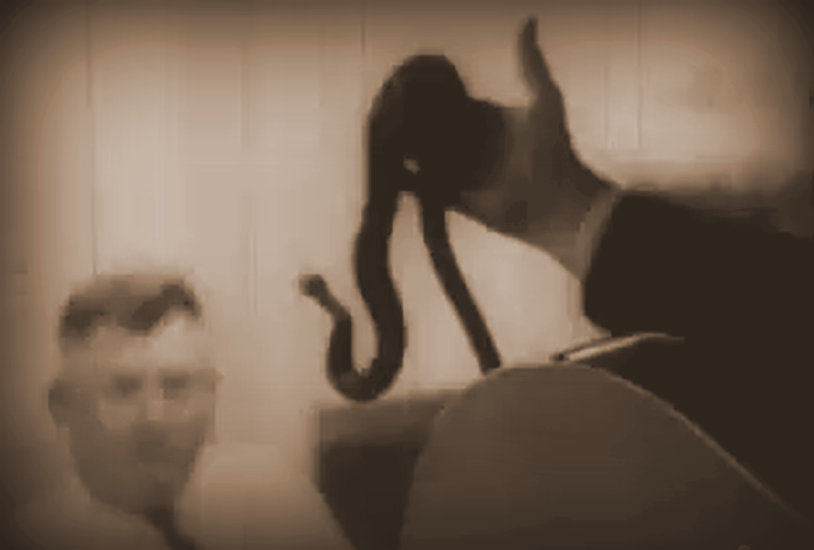
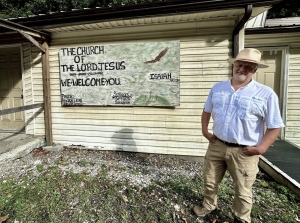
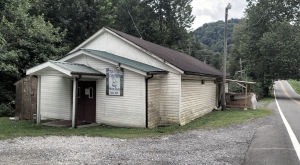
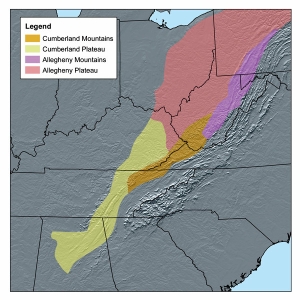

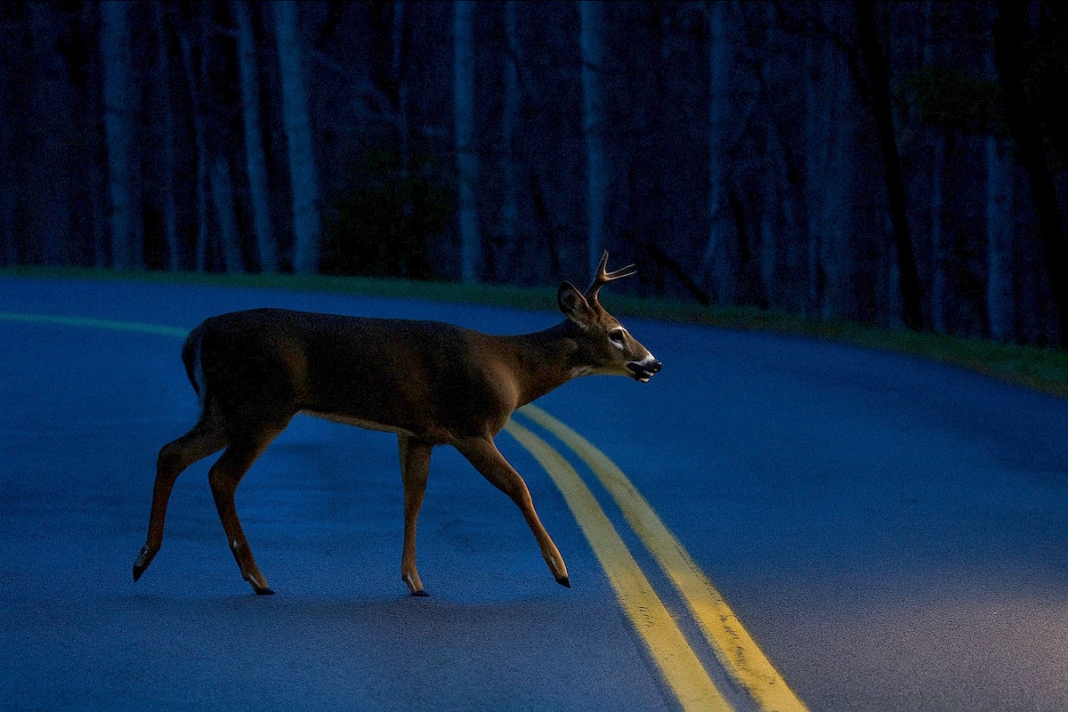
Later in his career Peter Adair ("Holy Ghost People") filmed an early HIV/AIDS documentary, "Absolutely Positive" (1991), in which he interviewed a number of people who were living with HIV. It's very good. He died of HIV/AIDS complications in 1996. You can watch "Absolutely Positive" on YouTube.
Fascinating History!
Faith Runs Deep!
Well written article. Very interesting!
Bill Caperton. August 20, 2025
Several years ago I read SALVATION ON SAND MOUNTAIN, Snake Handling and Redemption in Southern Appalachia, by Dennis Covington (Addison -Wesley Publishing Co.). It didn't make me want to become a follower, but it made a big difference in my respect for the true followers and certainly increased my interest. Thanks for this article. (Aug. 20, 2025, Harrisonburg, Va., raised in Fayette Co., WV)
I enjoyed the article! Great objective review of religious snake handling.